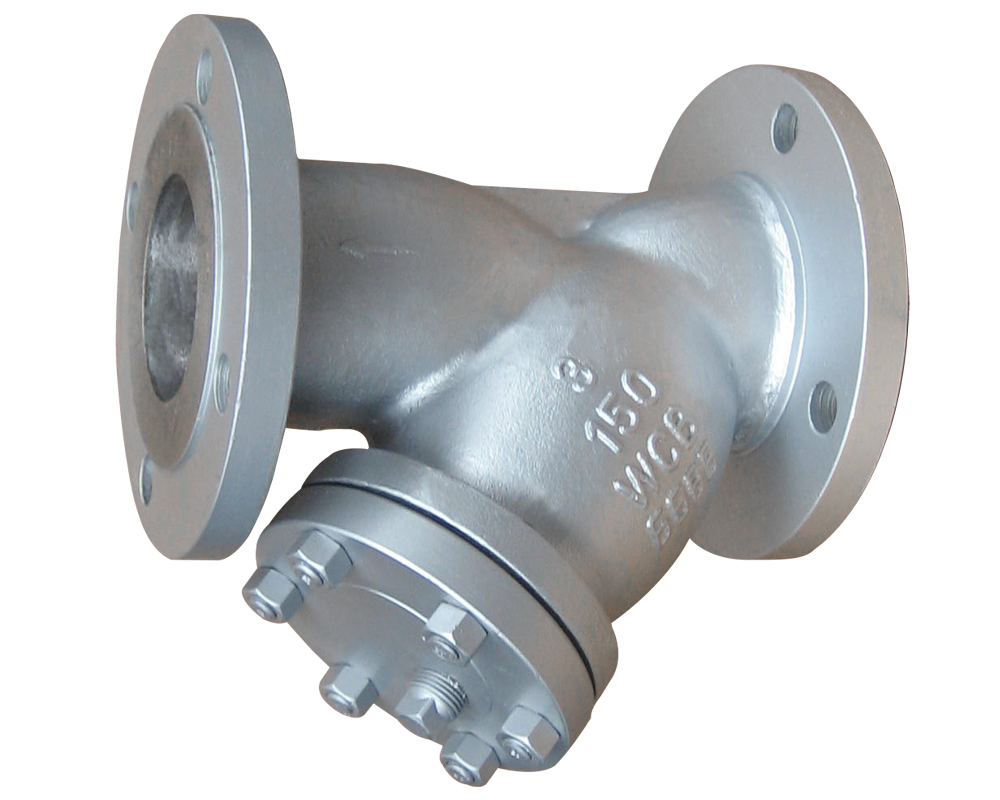In pump systems, strainers are indispensable protective devices. They not only effectively remove impurities from fluids to safeguard the core components of the pump but also optimize system efficiency and reduce routine maintenance requirements. Below, we will elaborate on the various critical roles strainers play in pump systems.

The primary function of a strainer is to prevent particulate impurities from entering the pump, protecting its critical components from wear and blockages. For instance, grit, metal debris, and other solid contaminants can cause damage to the impeller, shaft seals, and pump chamber during fluid transfer. By intercepting these impurities at the pump inlet, the strainer ensures smooth operation and extends the lifespan of pump components. This reduces the time and cost associated with frequent part replacements, enhancing the stability and reliability of the equipment.
Strainers can significantly optimize the operating efficiency of pumps. Clean fluids flow more smoothly through pipelines, preventing increased resistance caused by impurity buildup and reducing the pump's workload. In applications such as petrochemical processing and industrial cooling systems, which require prolonged operation, strainers help maintain stable flow rates and pressures while lowering energy consumption. This results in higher system efficiency and reduced operational costs. Thus, strainers play a vital role in ensuring the optimal performance of pump systems.
Strainers significantly reduce the frequency of pump system maintenance, a critical advantage in industrial processes requiring long-term operation. By effectively intercepting impurities, strainers prevent sediment buildup within the pump chamber, extending cleaning intervals and minimizing production interruptions caused by frequent maintenance. This is particularly valuable in industries such as oil refining and chemical production, where shutdowns are difficult and costly. The use of strainers greatly decreases the need for maintenance manpower and material resources, enhancing the economic viability and sustainability of the equipment.
The versatility and broad applicability of strainers make them essential safety devices in industrial pump systems. Whether handling freshwater, seawater, coolants, or corrosive chemical liquids, strainers can be designed with materials and structures tailored to the characteristics of the medium, effectively removing particulate impurities. For industrial fluids containing solid particles, strainers prevent erosion of pipelines, valves, and other system components, reducing the risk of failures and ensuring the safe and stable operation of the entire system. As a result, strainers are widely used in industries such as oil and gas, chemicals, power generation, and paper manufacturing, meeting diverse protection requirements across various operating conditions.